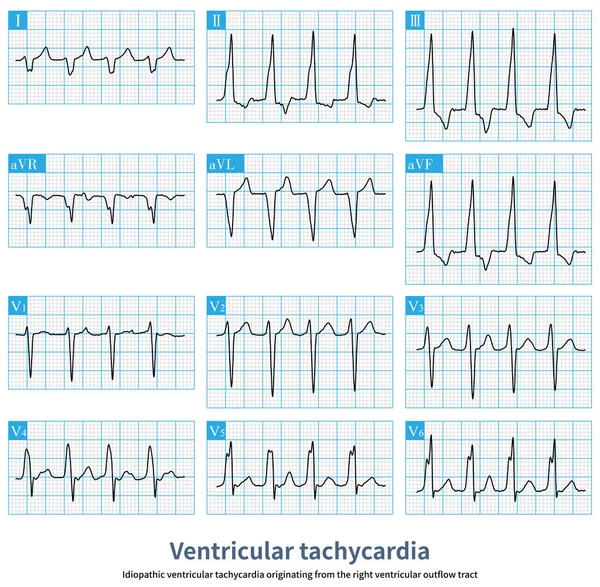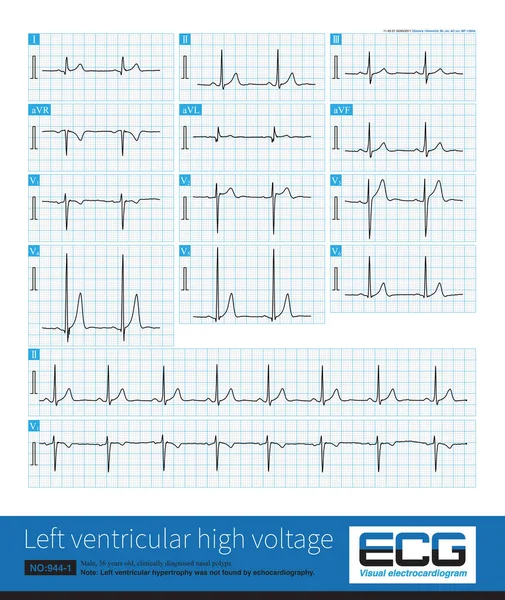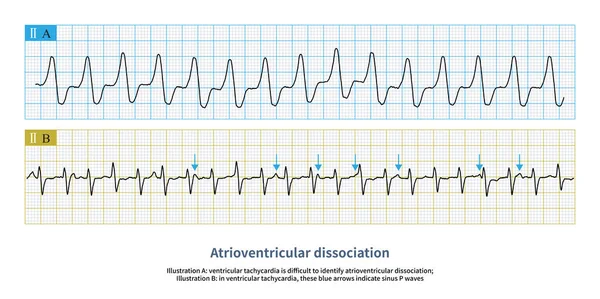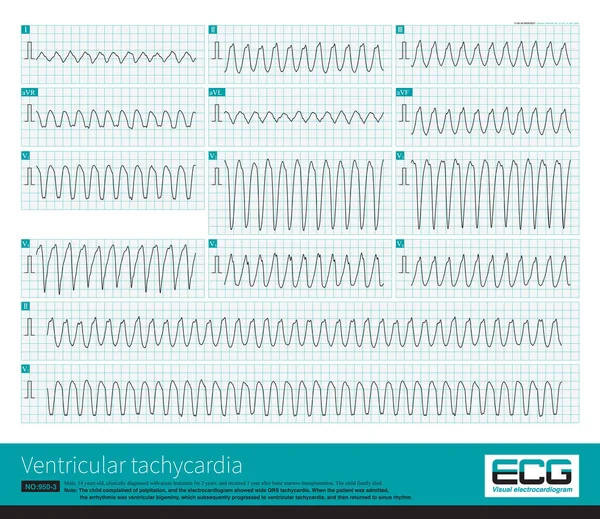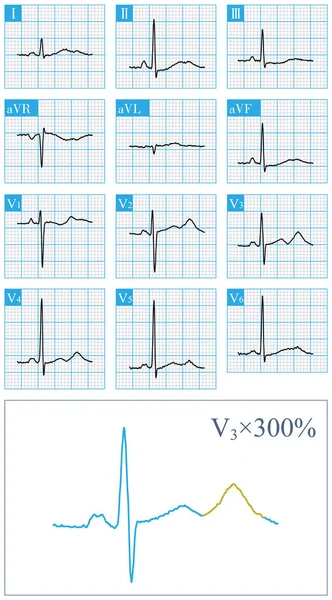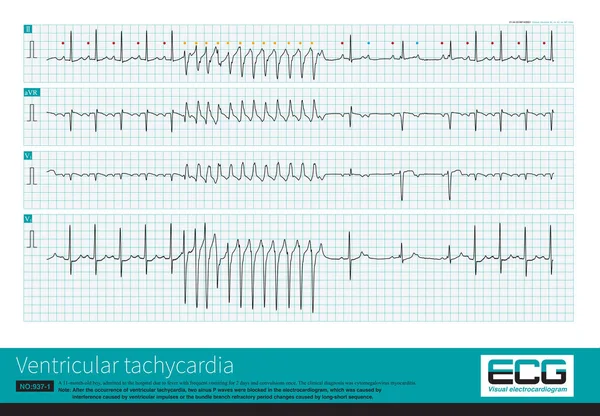Stock image The illustration shows the two patterns of ventricular tachycardia episodes.The green circle represents sinus rhythm. Picture A shows paroxysmal episodes of ventricular tachycardia, and picture B shows short bursts.
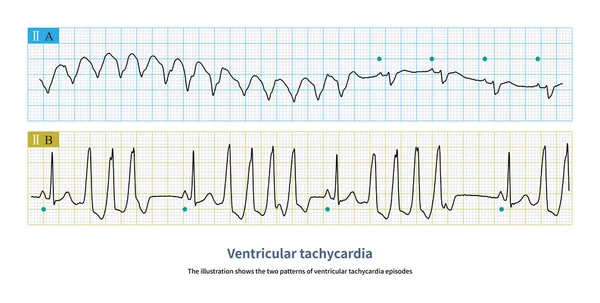
Published: Mar.24, 2023 13:32:56
Author: asia11m
Views: 32
Downloads: 2
File type: image / jpg
File size: 10.72 MB
Orginal size: 10000 x 5059 px
Available sizes:
Level: beginner

